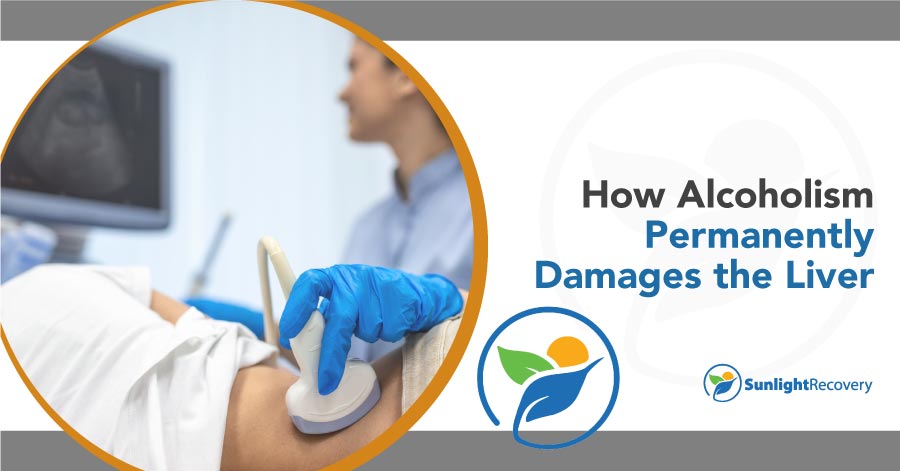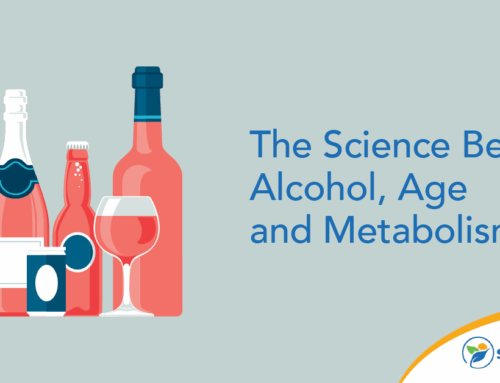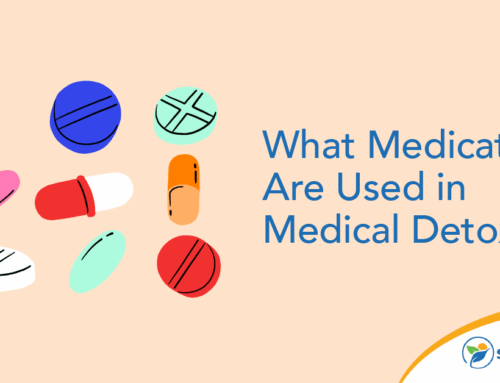Learning that you have alcoholic liver disease can be a wake-up call to make some life changes. Unfortunately, for many alcoholics, learning about alcohol-related liver damage may come after seriously harming it. This guide reviews whether you can heal from this diagnosis and the first steps you can take toward recovery.
Alcohol’s Long-Term Effects on the Liver
Most people have heard of alcoholic liver disease because it’s widely known that alcohol and drugs can cause liver damage. However, liver failure from alcohol occurs slowly in stages. Most people suffering from alcohol liver disease have many warnings and opportunities to change course before the damage is beyond repair.
There are some hard truths concerning the effects of long-term drinking on your liver. When you’ve been diagnosed with liver damage, your liver can no longer heal itself, and the effects may last for the rest of your life. However, it may be possible to mitigate much of the damage and lead a long, healthy life if you stop drinking and using drugs now.
What Does the Liver Do?
Your liver is an important and resilient organ with over 500 known functions. The most important functions include helping your body store readily available sources of energy, keeping your blood free of waste and toxins and playing a crucial role in your immune system. Your liver and kidneys do most of the heavy lifting when it comes to clearing toxins from your blood.
The liver can take a lot of abuse throughout your life. Most liver damage is reversible due to how quickly and well it can repair itself. However, it has limitations, and long-term prescription and illicit drug use and alcoholism can wear the liver’s ability to function.
How Does Alcohol Damage the Liver?
You experience impairment when you drink because alcohol is present in your bloodstream, which impacts your brain function. The liver not only detoxifies the blood of alcohol to restore normal brain and motor functions, but it also produces other toxic substances necessary for healthy nutrient metabolism. This organ is particularly susceptible to alcohol’s damaging effects and develops scar tissue over time as the liver undergoes repeated cycles of repair. Unfortunately, it cannot remove the scar tissue.
In a process that often takes years, scar tissue replaces your normal liver cells until its ability to perform its normal functions greatly diminish. Your liver is a vital organ, and liver failure can lead to death unless you receive a new liver. Many alcoholics have trouble getting onto organ donation lists due to self-imposed liver damage.
For this reason, it’s important to recognize when your liver begins to show signs of disease. If you start receiving treatment for your addiction in time, you can often limit or reverse much of the damage. Depending on how healthy your liver is, you may need to commit to never drinking again to lead the healthiest life possible.
3 Stages of Alcohol Damage
The three stages of alcohol-related liver damage, also referred to as ARLD, are:
1. Alcoholic Fatty Liver Disease
Containing more fat than normal is the first sign that your liver may be damaged from alcohol. The liver normally removes fat from the blood. It may have stopped doing so to address the presence of alcohol and other toxic substances.
Alcohol isn’t the only substance that causes elevated fat in the liver. Poor dietary choices, prescription, over-the-counter medications and street drugs can also elevate liver fat and enzymes. Luckily, people can recover completely from alcoholic fatty liver disease if they stop drinking.
For most people, a diagnosis of alcoholic fatty liver disease surfaces during a routine physical if their doctor orders blood tests. Few, if any, symptoms are in the first stage of ARLD.
2. Alcoholic Hepatitis
While not caused by an actual virus, alcoholic hepatitis gets its name from similar symptoms and degrees of liver damage. Many alcoholics first learn they have liver damage when they’re diagnosed with this condition. At this stage, the liver already has significant scarring and loss of function. Some symptoms people experience at this stage include:
- Excessive tiredness throughout the day
- Unexplained weight loss or changes in appetite
- Water retention in the ankles or feet
- Yellow skin or eyes, referred to as jaundice
3. Cirrhosis of the Liver
Liver cirrhosis is the end stage of ARLD. Most people who reach this stage require a liver transplant to survive because, contrary to the damage in the two previous stages, cirrhosis is usually permanent. The symptoms of cirrhosis include neurological symptoms such as the following:
- Slurred speech and inability to form complete thoughts when communicating
- Mood swings, anxiety and confusion
- Changes in sleep patterns and quality, such as never feeling fully rested
- Memory loss, difficulty concentrating and poor focus
- Shaking, twitching and muscle spasms
Is There Treatment for Alcohol-Induced Liver Damage?
Plenty of treatment options are available for ARLD so long as you quit drinking. Depending on how much damage your liver has experienced, you may need to accept either a lower quality of life or placement on a donor list. While it’s more difficult for alcoholics to get liver transplants, it’s not impossible. The first step is to prove that you’ve quit drinking and can commit to this choice for the rest of your life.
What Are the Risks and Complications of Alcoholic Liver Disease?
When the liver doesn’t function properly, toxins can build up in your blood. This causes a general feeling of being unwell. It can impair your motor function, make you feel confused and interfere with your ability to recover from illness. Eventually, you may do enough damage to your liver that you need a transplant.
Take the First Step Toward Your Recovery
If you’re ready to make a change in your life, Sunlight Recovery can help. Contact us at (888) 402-3647 to speak with one of our compassionate team members and take the first step toward your recovery today.







